Engineering Explained: 4 Reasons Why Transmissions With Loads Of Gears Are A Good Idea
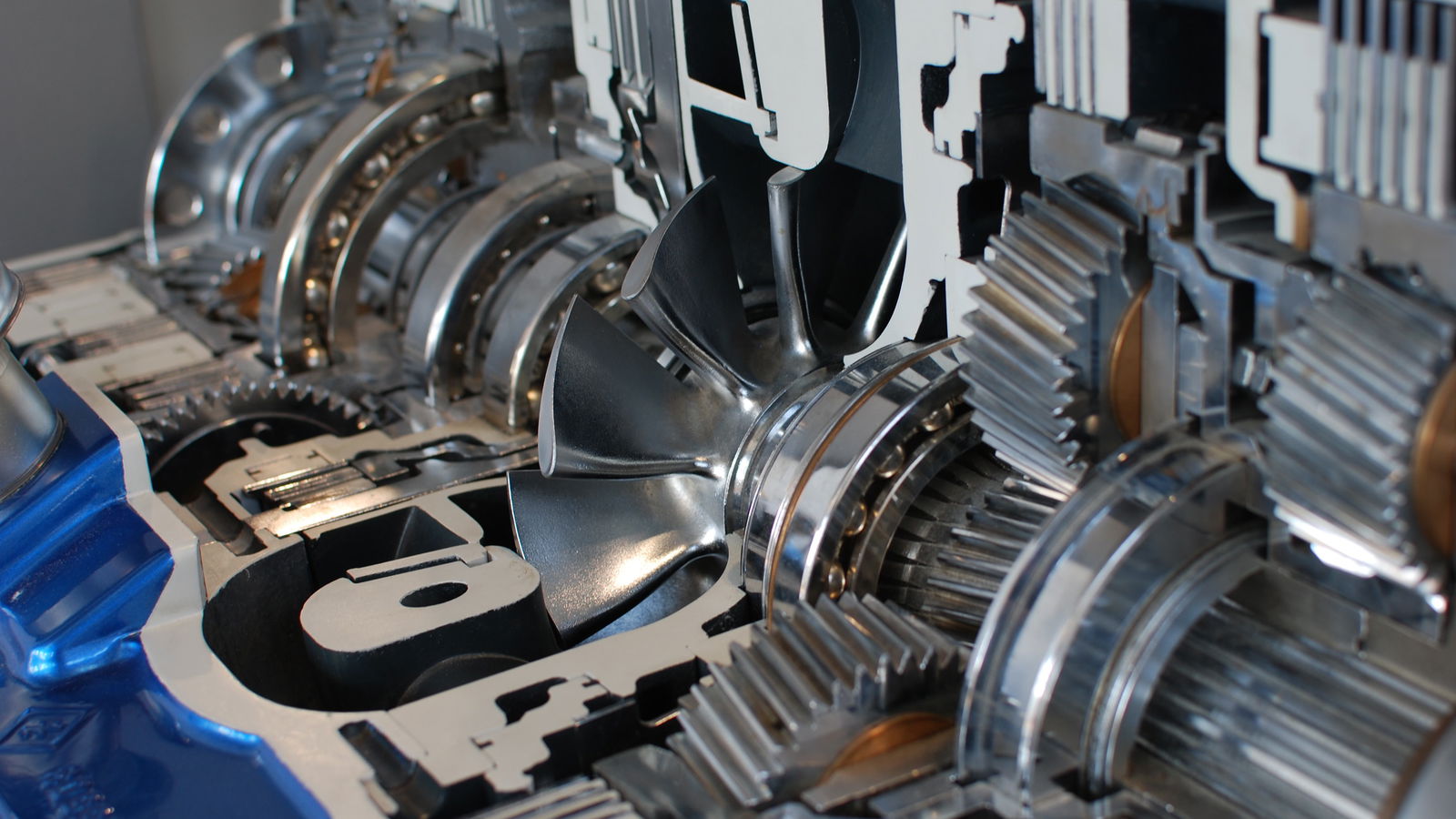
Just because companies do something does not mean it’s necessarily a great idea from an engineering standpoint. A perfect example is that many modern CVT transmissions have stepped gears where the CVT simulates a series of gear ratios so that the driver feels upshifts, as that’s what people are used to. While a more efficient algorithm is possible, this is the best way of luring potential buyers in. In this case, marketing beats engineering, and that’s not as rare as it sounds. That said, there are legitimate reasons why cars are starting to see eight, nine, and even 10-speed transmissions:
- Efficiency
- Faster Acceleration
- Higher Top Speed
- People Hate CVTs
1. Efficiency
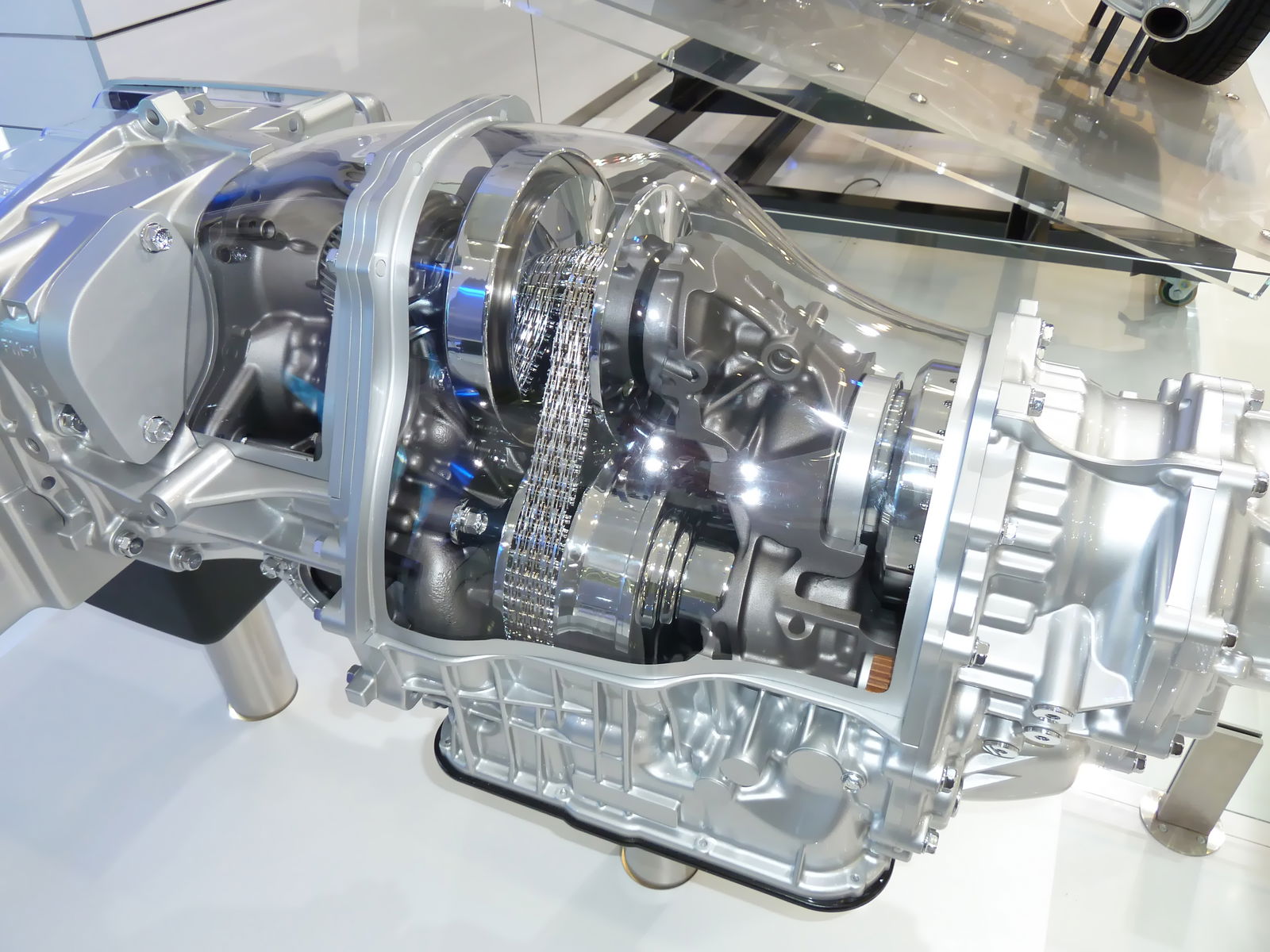
Understanding the efficiency benefit of using multiple gears is fairly simple. There are some general rules of thumb, such as the fact that often the most efficient way to travel at a set speed is to use as low of an RPM as possible. Lower RPM means less frictional losses, and fewer power strokes per minute, resulting in better fuel economy.
Now it gets more complicated than this, as accelerating in your highest gear possible isn’t necessarily the most efficient thing to do. In top gear, your car is working too hard to overcome a gearing disadvantage (higher gears mean less wheel torque) to accelerate. The more gears a transmission has, the more flexibility it has to find the most efficient engine speed for a given wheel speed. This is a large part of the draw to CVTs, as the exact ideal gear ratio can be chosen at any time.
The Aston Martin Vanquish is going to be the poster child for a lot of this article, as it proves what a simple transmission upgrade can do for performance. When the Vanquish switched from a six speed to an eight speed ZF transmission, the 0-60mph time dropped from 4.1 to 3.6 seconds, all with the same engine. So how is this possible? Lets say the six speed transmission tops out in second gear at 80 mph. Now let’s say the 8 speed offers shorter gearing since there are more ratios to choose from, so it tops out in second gear at 65 mph. Because the 8 speed offers more aggressive ratios, the wheel torque will be higher up to 65 mph, and thus the acceleration is improved.
Equally impressive is that Aston Martin packaged this transmission within the same size transaxle as the previous six speed, keeping weight and dimensions nearly identical. Now while more gear ratios can allow for more wheel torque at certain speeds, it is worth noting that more gearshifts results in more time spent not accelerating.
3. Higher Top Speed
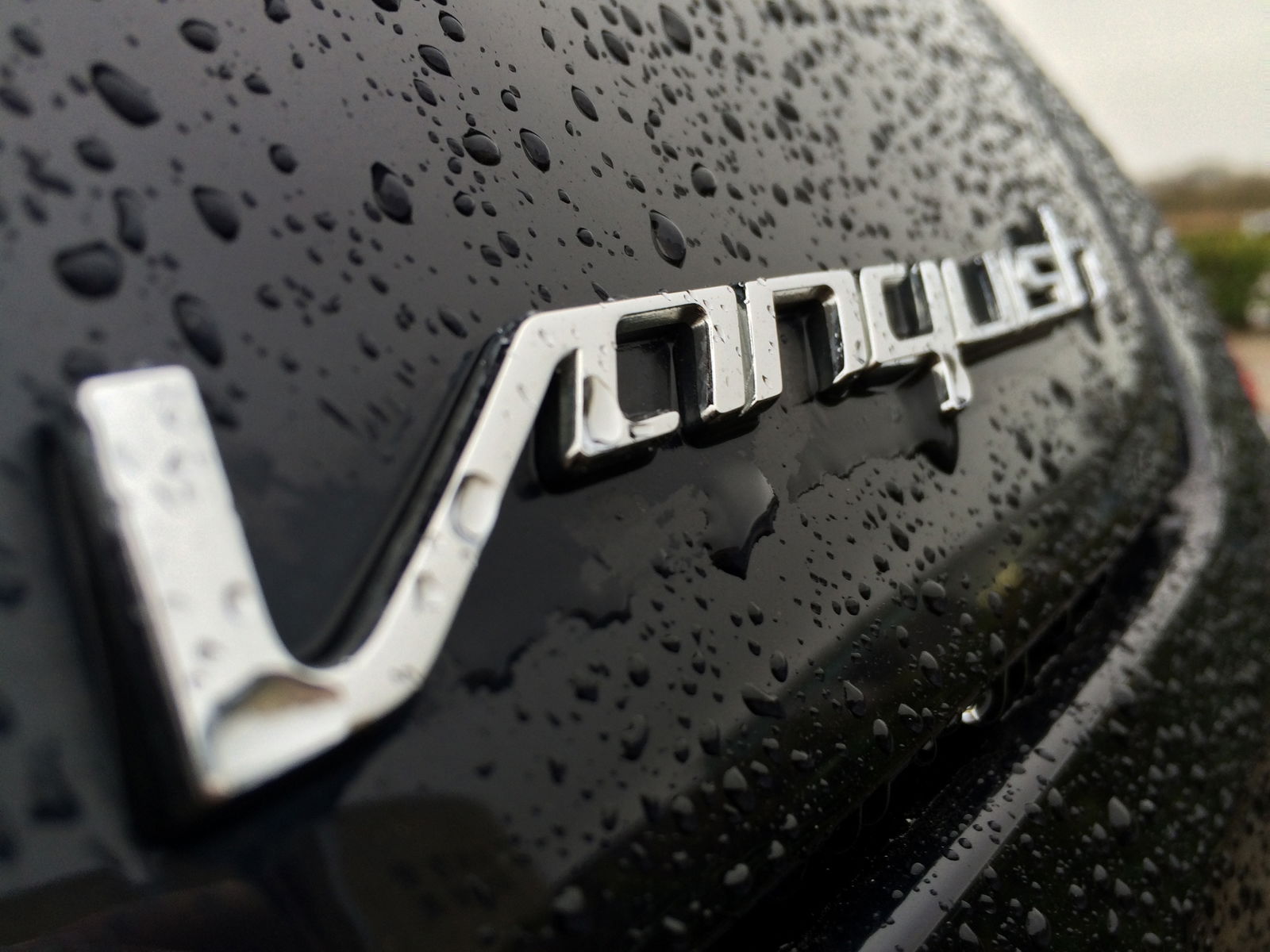
With a simple transmission change, the Aston Martin Vanquish went from a top speed of 186mph to the more elite 200mph club (201mph, to be exact). How? The easiest explanation would assume that the previous Vanquish was limited by gearing, and thus was limited to the top speed of the final gear. As far as accelerating up to that speed, it’s all about wheel torque. I’ve done the maths based on gearing, and the eight-speed Vanquish tops out at 201.5 mph in 6th gear. But you wouldn’t want a gear this aggressive to be in the car for highway driving, so higher gear ratios are used for seventh and eighth gears. To put this simply, Aston Martin made a gear that enabled it to reach exactly 201mph; it’s geared as aggressively as possible for reaching this top speed.
To engineers, CVTs are brilliant solutions to both fuel economy and acceleration. But thankfully, our world isn’t so boring that every decision made is based purely on logic (even if I’d prefer it). Car buying is an emotional endeavor, and marketing suggests that many people simply do not like CVT transmissions. For some, it’s the loss of gearshifts (which has been compensated for through set ratios). For others, it’s the unknown of repair costs, mostly due to a new technology being introduced poorly.
For whatever reason, people are still hesitant to buy CVT transmissions, and marketing teams are well aware of this. Adding gear ratios to an automatic gives you some of the benefits of a CVT, without you losing any dignity over your transmission selection. Personally, I’d take a CVT over a planetary automatic any day (of course, three pedals is preferred). They’re smoother, more efficient, capable of better acceleration, and even often shift quicker when pre-set ratios are selected. But there I go with logic again… and wholeheartedly I do agree that variety is the spice of life.
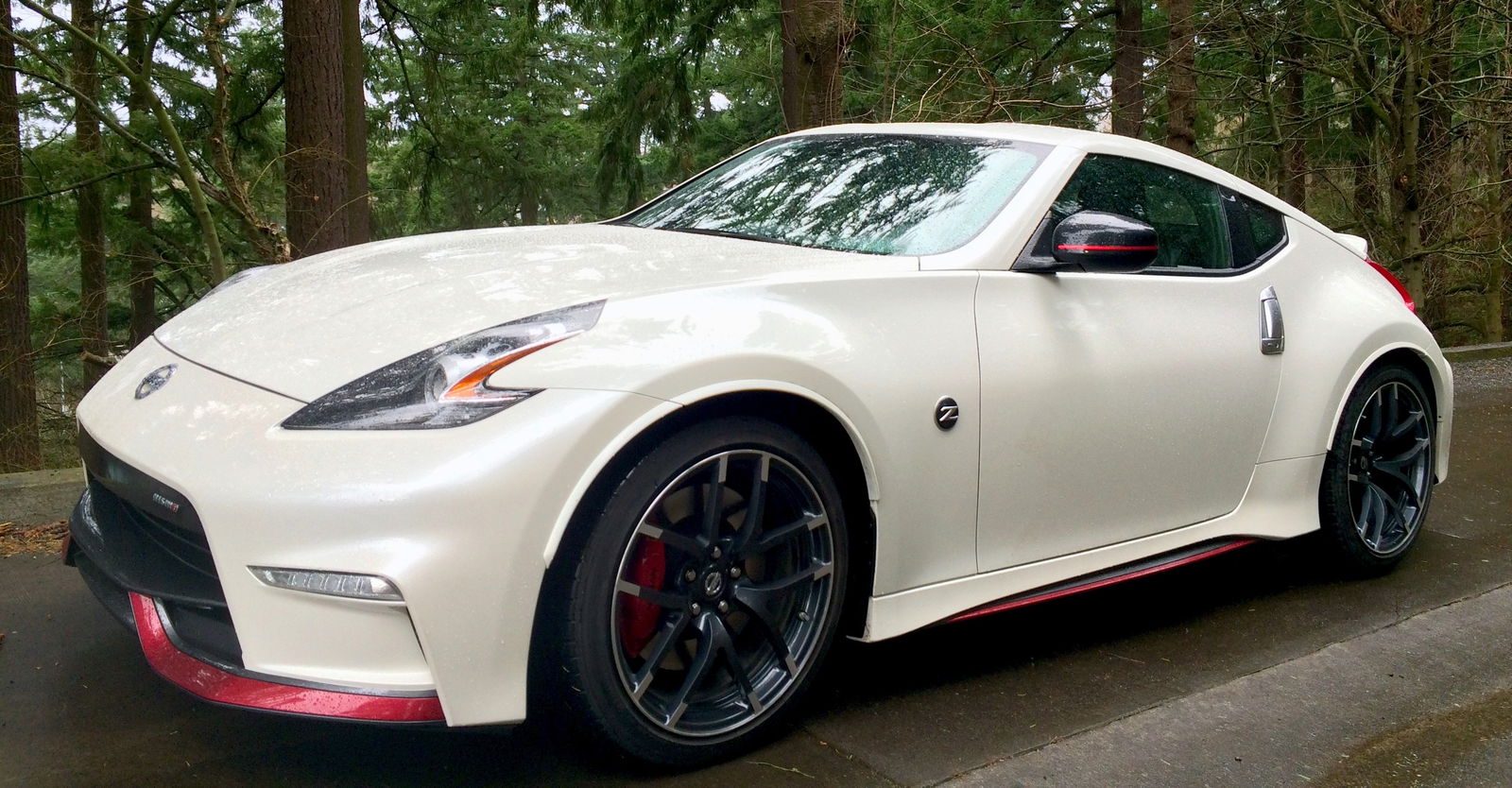
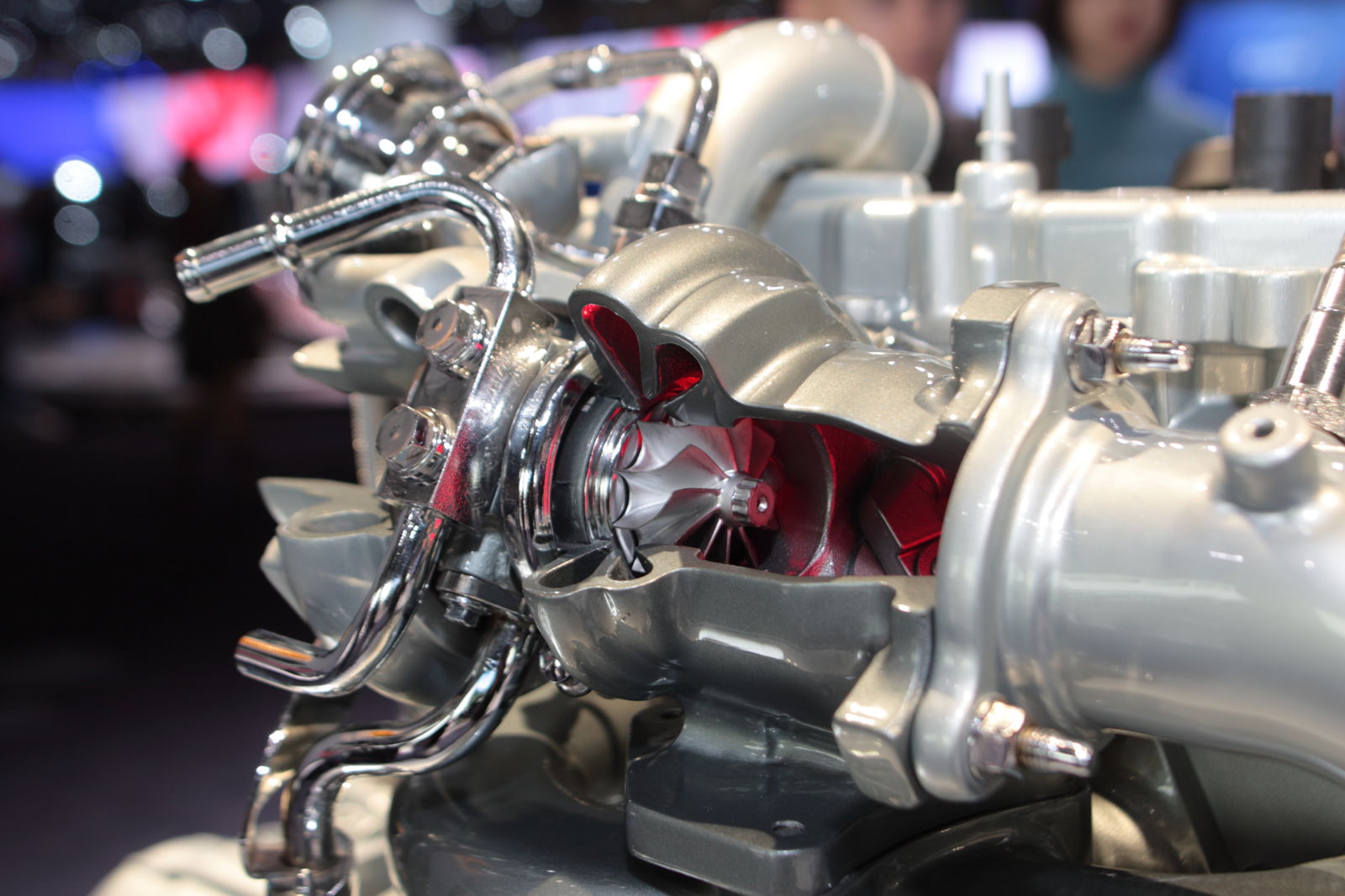
Comments
I always thought that CVTs were a great idea for normal driving, wouldn’t personally want one because if you don’t have three pedals you don’t have a car but I never understood the point of a traditional automatic over a CVT. About the only real argument I have come across so far is that they have higher failure rates and are often implemented poorly.
I don’t like CVT’s and if I can’t count the number of forward gear ratios on my two hands, it has too many gears.
Nissan sold me on their CVTs, I would defiantly buy a Maxima if I was in the market for a sedan.
My 2014 Forester has a CVT without the simulated shifts. It took a few weeks to get used to. It doesn’t feel fast but if you don’t pay attention you’ll be doing 80 before you know it.
If I were to build a car that was strictly about efficiency (a facet of performance that seems to be overlooked in the community in my opinion), I’d still would rather develop the CVT versus the automatic transmission, even if it was less emotionally appealing than the usual (as with any no-holds-barred approach to a solution in my opinion.)
My mother has a 1998 Nissan Primera with a SR20DE and nissans Hyper M6 CVT - on the open road it’s amazing how quickly it accelerates, but from stand still it’s awful. It’s SO sluggish to launch. Its also so far never caused her any problems. Normal driving around it almost Never revs over 3k - you can go from 0-100km/h without ever revving it over 2k. Bury your foot and it there is no “kick down” the Revs just jump up and it surges forward.
Is that actually true?? I would have though that a transmission with less gears would actually be better for acceleration since there’s less time lost between switching gears.
…unless you use an automatic that switches gears faster than any human could…
yeah i always wish i had 5 more gears on my 88 volvo 740 would make a great trailer hauler xD
What about the reasons that transmissions with loads of gears are a terrible idea? They’re more expensive to manufacture, maintain, repair and replace. The 9 speeds are not as reliable in most cases compared to even 8 speed units. the ZF 9 speed automatics have had issues in almost every application they’ve been put in. All the Chrysler/Jeep/FCA products with it have had issues, the Acura’s that have it have also had issues (albeit not as bad) and even some Jaugars and Land Rovers have had issues. I do believe they fixed the problems for the most part, but I hated the 9 speed I had in my Chrysler 200. The 6MT I have now is more reliable, fun and gets better MPG.
#EngineeringExplained I have a question: Keeping rpm as low as it possible-> Isn’t it a problem in terms of oil lubrication? At higher rpm, the pulverization is very good ( as seen https://www.youtube.com/watch?v=c8hqoE1_7bA ). Especially in diesel cars, when high torque meets low rpm, will it cause faster engine wear? And another one: Acceleration/Efficiency more gears mean more weight, if i know right. What is the golden mean?
Pagination